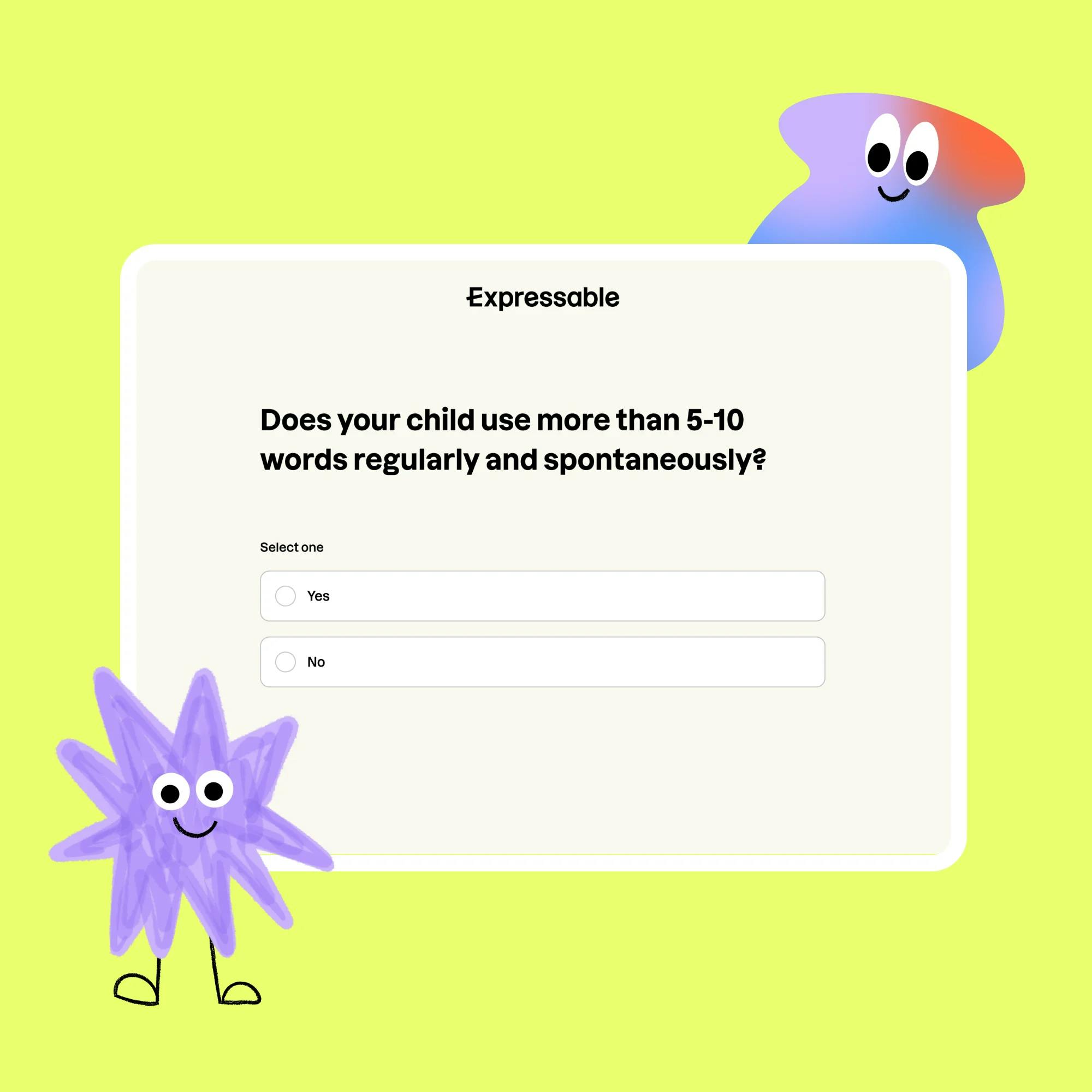If you or your child are having trouble pronouncing the “NG” sound (found in words like “bang” and “single”), you aren’t alone. This sound takes some learning, coordination, and practice to pronounce clearly.
Let’s discuss what NG errors sound like, how to practice this sound, and what to do if you think you or your child might need therapy for clearer speech.
What do NG speech errors sound like?
NG errors typically sound like the /g/ sound is left off, so it simply sounds like an /n/ production. For example, words that end in NG may sound like this:
“King” may sound like “keen”
“Sing” may sound like “seen”
“Running” may sound like “runnin”
NG can also appear in the middle of words. Those words may sound like this if produced in error:
“Longer” may sound like “lohn-er”
“Jungle” may sound like “junn-el”
Why is the NG sound hard to make for some people?
For some children and adults, moving the tongue quickly from forward in the mouth (for the /n/ sound) to the back of the mouth (for the /g/) can be challenging.
One thing to keep in mind is that the /g/ sound is a non-nasal sound. For people with a cleft palate or velopharyngeal insufficiency (VPI), it can be tough to make a non-nasal sound. Because of the difficulty they have in decreasing the nasality in their speech, their errors for the NG sound may sound different than simply leaving off the /g/. People with cleft palate or VPI are likely to have too much nasal emission, so it sounds like air is coming through the nose when they produce a /g/ sound. This can make their speech difficult to understand.


When should a child be able to pronounce the NG sound?
Kids are typically able to say the NG sound in their everyday speech by the time they turn 4. If they’re making errors with this sound, you’ll usually see those errors go away during their third year.
However, in some cases, this error may persist. It can even last into the adult years if it’s not corrected, or if there are structural or neurological issues making it difficult to use the correct nasality.
It’s important to note that the NG sound isn’t always pronounced the same way, or used at all, in languages other than English. So if a person does not speak English as their first language and has difficulty with this sound, we wouldn’t classify this as a speech sound error or problem. It is simply a difference. If a person wishes to learn to pronounce this sound or otherwise change their accent, they can benefit from speech therapy for accent modification.


How do you make the NG sound?
To make the NG sound, the tongue starts at the alveolar ridge. This is the bumpy spot right behind your top front teeth. You will make a typical /n/ sound, but then the tongue moves back in the mouth, lightly touching the roof of the mouth as it goes, until the back of the tongue can touch the back of the throat. This is how the /g/ sound is formed. The tongue has to touch the back of the throat to make a strong /g/ sound.
The NG sound begins as a nasal sound, with the /n/. But /g/ is a non-nasal sound. To make a /g/, the nasal cavity is closed off by a sphincter, in order to direct air into the oral cavity. As mentioned above, making a non-nasal sound is often difficult for those with an unrepaired cleft palate or VPI.


Practicing the NG sound
Once you or your child have a good handle on the way the mouth and tongue move to create this sound, and there are no structural abnormalities present such as cleft palate or issues such as VPI, you can start practicing the NG sound.
It can be tempting to immediately start practicing various NG words. However, in most cases this isn't the best place to begin. Instead, the typical starting point is to produce the NG sound by itself, in isolation of other letters or sounds.
Here is the usual progression of NG practice that takes place in speech therapy:
Isolation level - NG
Syllable level -”eeeeNG”
Word level - “sing”
Phrase level - “They sing”
Sentence level - “They sing a beautiful song.”
Conversation level - “I always look forward to hearing that chorus. They sing a beautiful song every year at the banquet.”


Tips for pronouncing the NG sound
As outlined above, once someone can say the NG sound itself, then it's time to move on to syllables or words. One thing you can do is say the word, pause slightly, then add on the /g/. So you may try “swin…g” for “swing” or “lon…g” for long.
Then, try holding the /n/ and moving into the /g/: “swinnnnnng.”
It may also help to place your hand on your throat so that you can feel the /g/ production. If you are working with your child, you can have them do this to their own throat. Or, let them place their hand on your throat as you say the word so they can hear and feel what the /g/ sound feels like.
Try gradually increasing from single words to two-word phrases, then three-word phrases, sentences, and so on.
Guidance for people with a repaired cleft palate or who have had surgery for VPI may be more individualized. They will likely work on this sound with a licensed speech therapist.


The importance of routine practice
With most speech and language goals, noticeable progress doesn't happen overnight. This applies to practicing the NG sound. It generally takes some time to correct these speech productions–but it's worth the effort!
Remember, don’t move too quickly through practice. Make sure to spend enough time at each level of complexity before moving on to the next. This way progress will happen more naturally–and more quickly!

When to consider speech therapy for the NG sound
Practicing speech sounds at home is important for people who struggle to speak clearly. However, there are some signs that your child might need speech therapy and you should contact a speech-language pathologist. Do any of these apply to your child?
Their speech is not understood by others at least 80% of the time.
Your child is not meeting age-expected speech production milestones.
Your child doesn’t seem to be rapidly improving in their speech production every few months.
If you’re an adult having trouble with this sound, ask yourself if this sound or any others are impacting how clearly and confidently you communicate, both at work and socially.
If speech problems are affecting you or your child, then speech therapy should be considered. Reach out to your pediatrician or a speech therapist today! A pediatrician can write a referral for speech therapy, but you can also go straight to the source and talk with a speech therapist. Start our simple signup process to get matched with a therapist here.
How Expressable Can Help
Concerned your child isn't reaching age-expected milestones? Looking for communication support from a professional? Expressable is a national online speech therapy practice serving children and adults. We treat all major areas of communication and feeding, offer flexible hours including evenings and weekends, and accept most major health insurance plans. We’re proud to have earned more than 3,000 5-star reviews from our clients (4.9/5 average).
Our therapy model is centered on parent and caregiver involvement. Research proves that empowering caregivers to participate in their loved one’s therapy leads to better outcomes. That’s why we combine live, 1-on-1 speech therapy with personalized education and home practice activities for faster progress.
Communication is more than words. It’s how we share how we feel and show who we are. We’re here to help you or your child do just that.

 Abby Barnes, M.S., CCC-SLP
Abby Barnes, M.S., CCC-SLP











